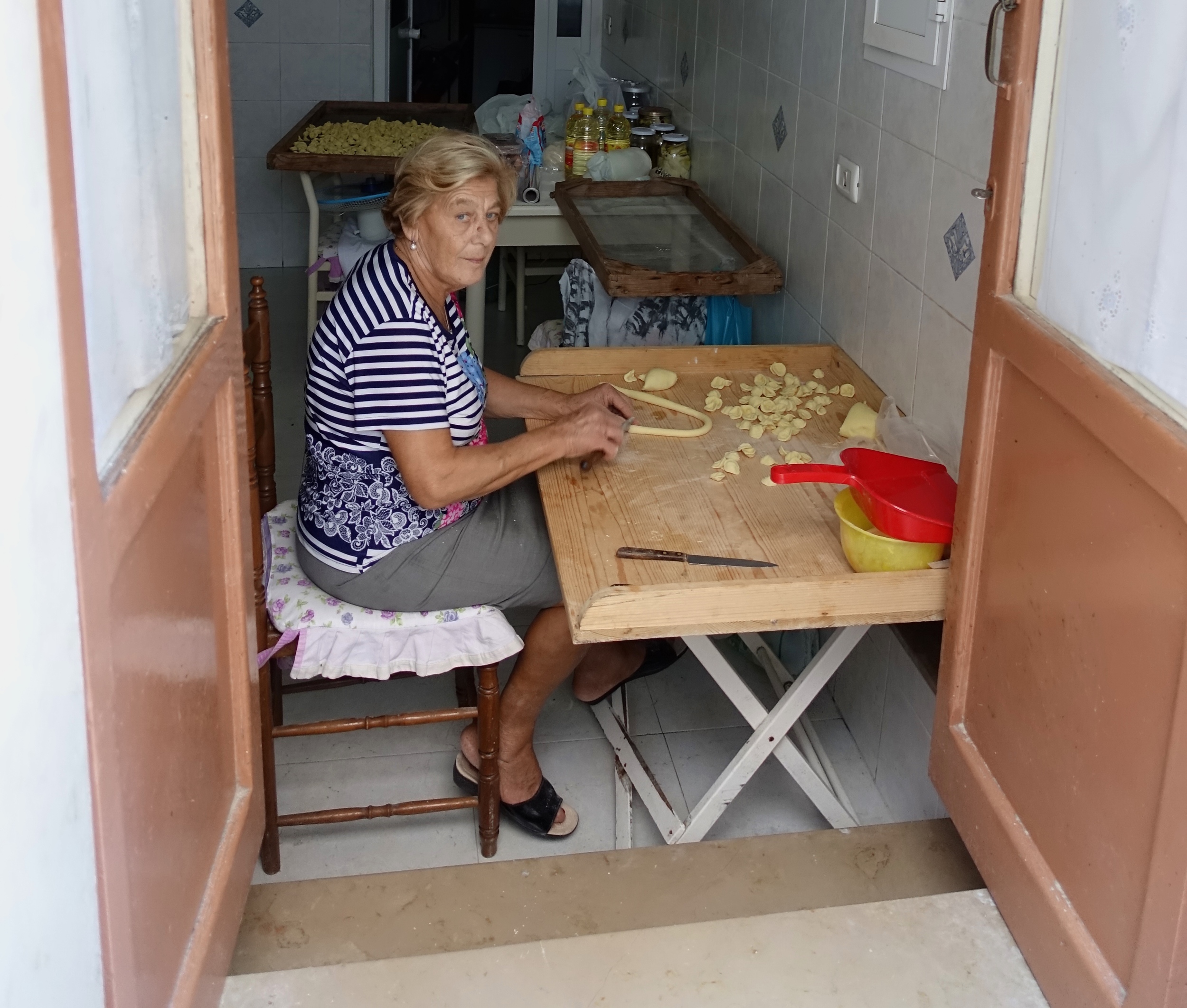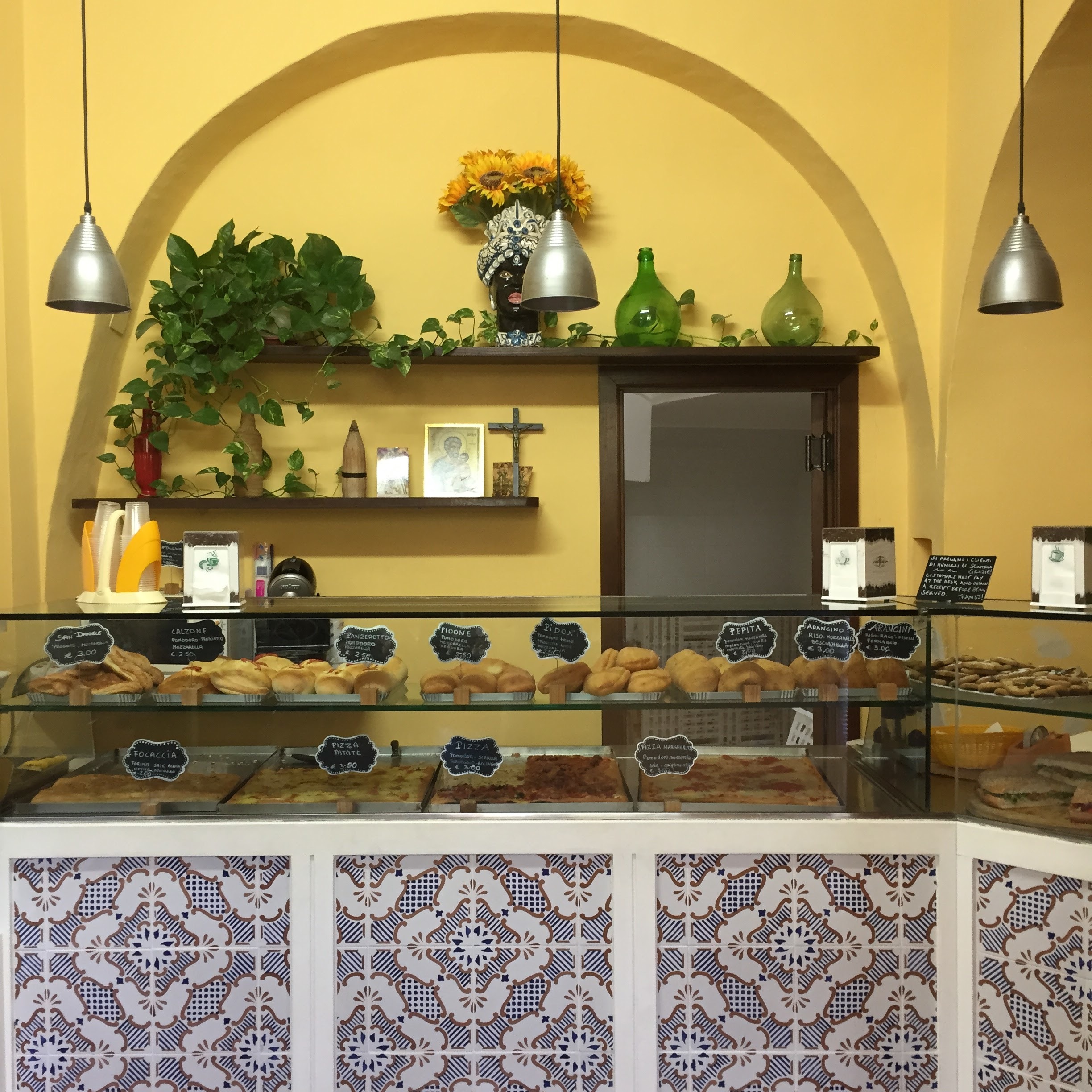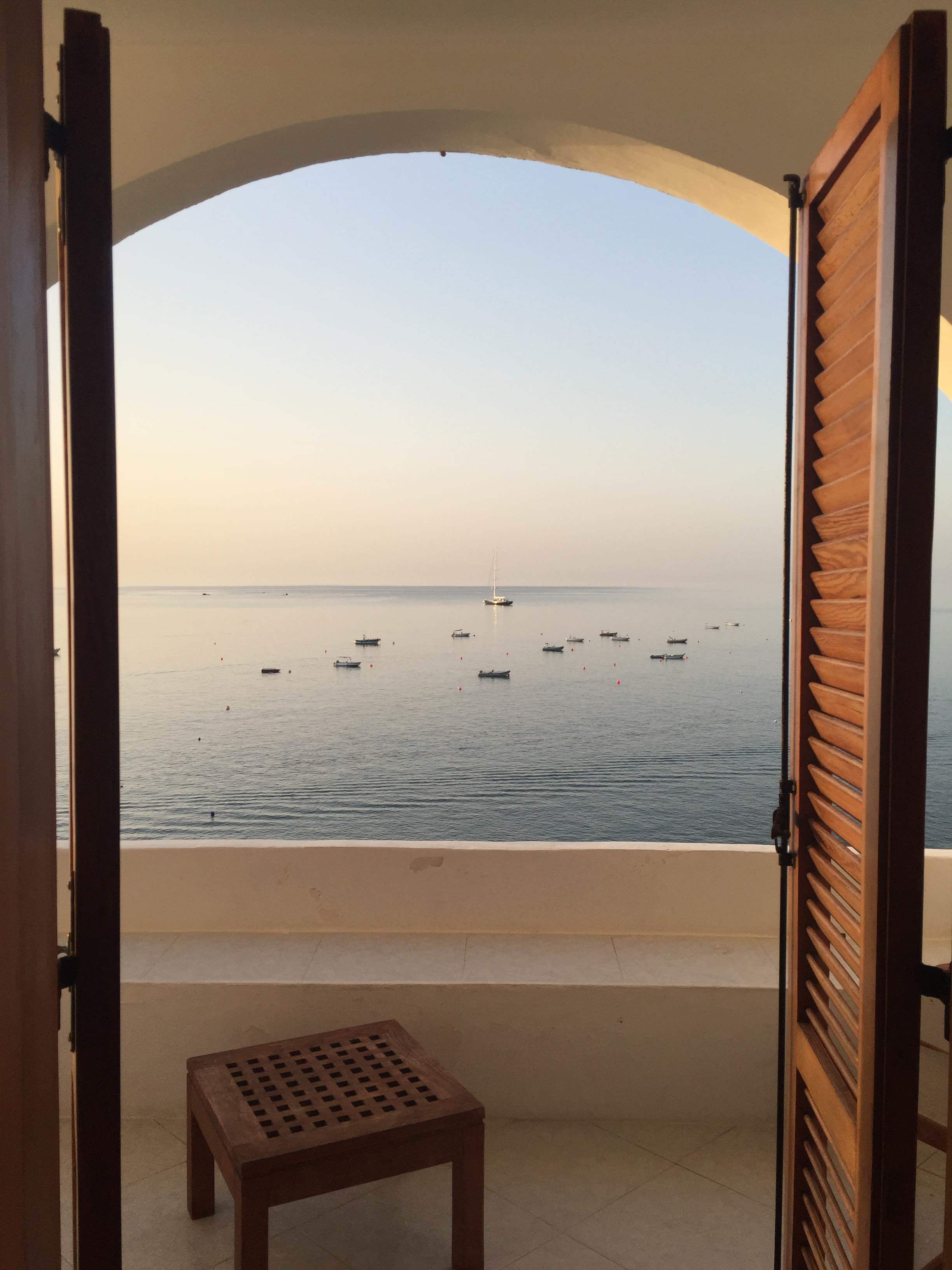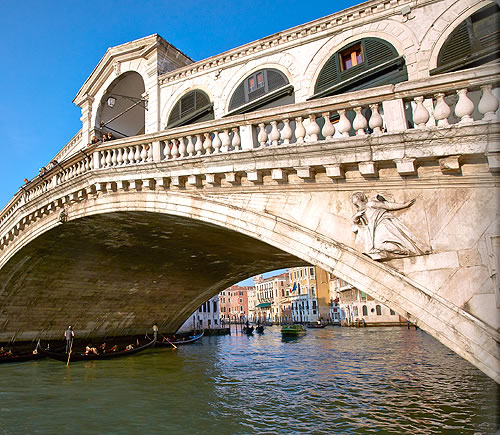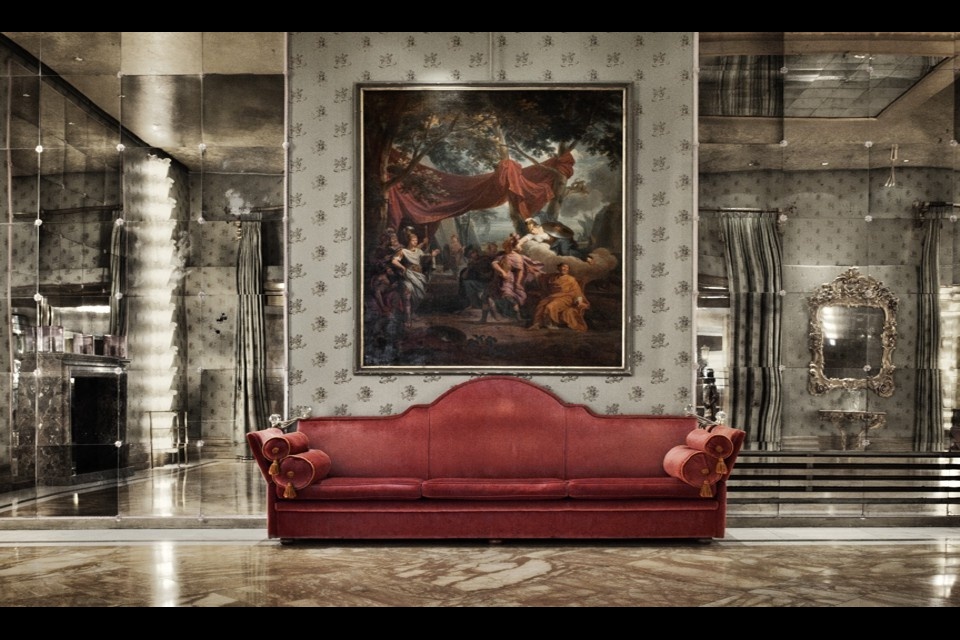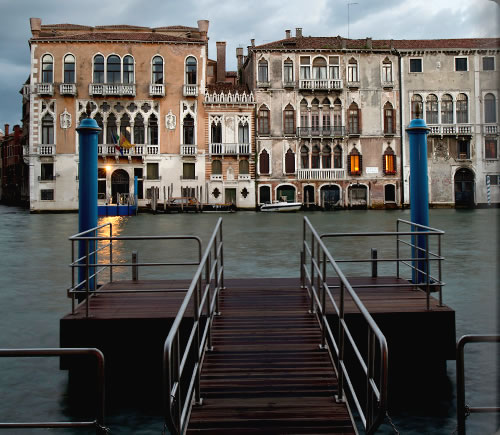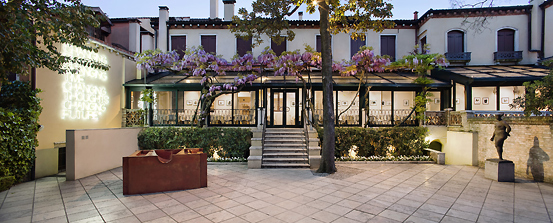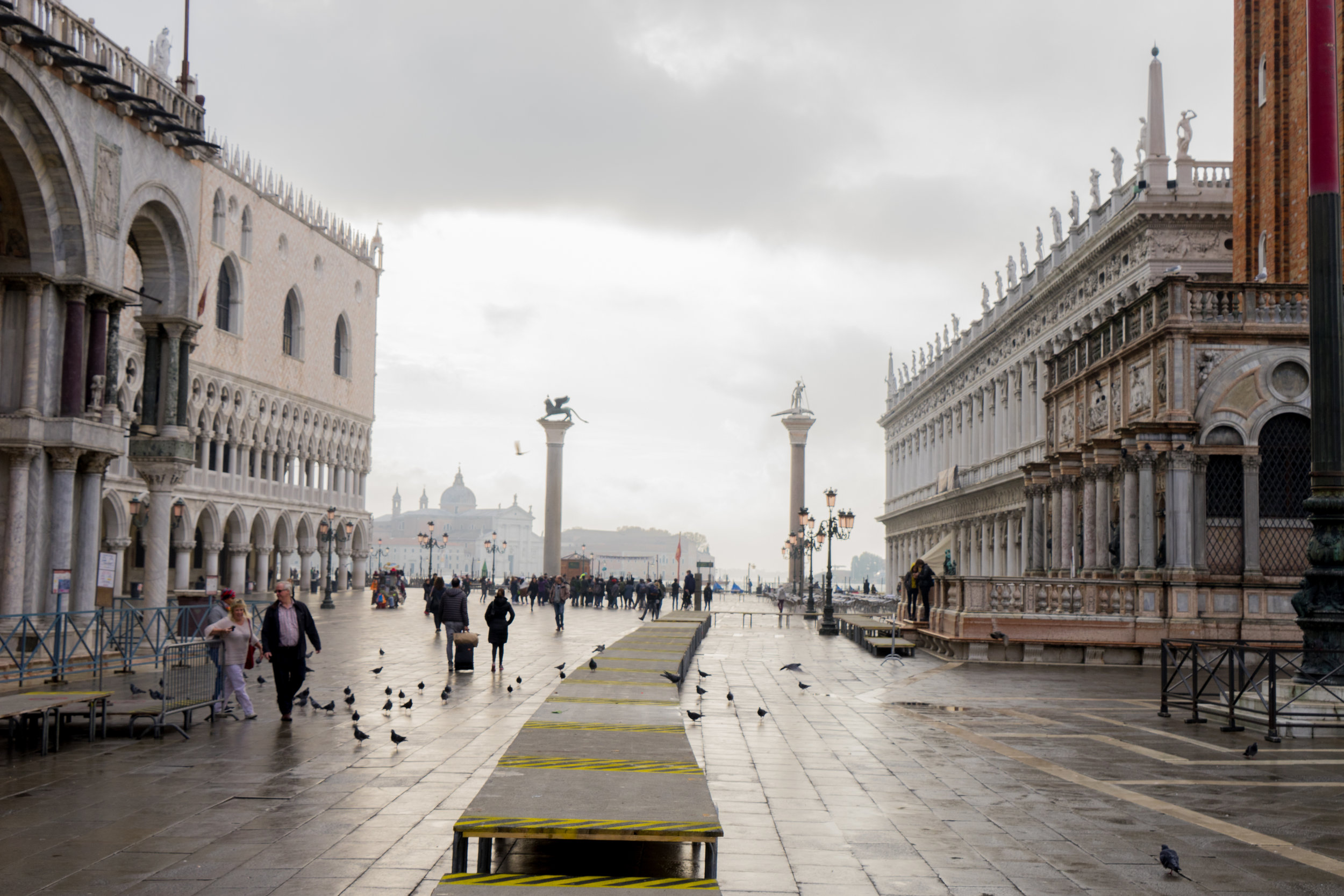Puglia, the ”heel” of Italy’s boot, is having a travel moment, yet it still feels undiscovered and unspoiled. Life remains simple and relaxed. Sunny weather, endless olive groves, miles of coastline, whitewashed villages and incredible food are just a few of the many draws. Stay at a Masseria for an authentic experience. Many of these ancient fortified farmhouses, unique to southern Italy, have been converted into lovely B and B’s.
Tripper Tips:
The Borgo Egnazia is part of the San Domenico group that also includes the nearby Masseria San Domenico, another high-end property with a private sandy beach. Brand new this season is their latest addition—Masseria Carrube right outside of Otsuni with all the access to the facilities and beach club at the San Domenico. The 16th century farmhouse has been converted into a stunning 19-room boutique hotel and the on site restaurant is 100% vegetarian.
Masseria Coccaro is known for its period charm, beautiful swimming pool, excellent cuisine and cooking classes it’s very family friendly. Their sister property, Masseria Torre Maizza is quieter with a no kids policy during the busy season.
Puglia can get very hot and crowded during the peak summer months. It’s best to visit late spring or early fall.
Start: We landed in Bari, after an early morning flight from Rome and spent an hour or so exploring the old historic center, where women still roll orecchiette, Puglia’s typical pasta, outside of their homes on Bari’s narrow windy streets. Visit the Basilica di San Nicola and get lost in the crooked streets and passageways where laundry hangs from the balconies and kids run through the alleys playing ball with their friends. We were tempted to stay for lunch at Osteria delle Travi Il Buco or at Al Pescatore, but we had reservations seaside in Polignano a Mare at Il Bastione. (Approximately a 40-minute drive) Sitting on the panoramic terrace pondering what to order on the seafood centric menu we didn’t regret our choice. Afterwards make sure to explore the town, one of our favorites in Puglia. (We had been hoping to eat at Grotta Palazzese, scenic and sexy in a grotto overlooking the water, but it was too windy.)
Surprise Stay: We were disappointed when our first choices of Torre Coccaro and their sister property, Torre Maizza were booked. (Friends had stayed and loved it!) But, Helen of Essential Italy, who handles all the reservations for Il Convento, our second stop, told us that while not as “swish”, Masseria Montenapoleone had a lovely location (just a short drive from the coast near the town of Pezze di Greco), charming and comfortable rooms, plus superb food and a passionate owner --Giuliano. So we booked, albeit with lower expectations. Turning into the long driveway lined with olive trees; at our first sight of the white and red main farmhouse we were all hooked. Giuliano showed us around and …well, we were all hooked! We went for a walk through the gardens passing the chickens, the fig trees, and rows and rows of ancient olive trees and…yes, we were hooked! We left wishing we had a few more days and hankering to return. Sometimes not knowing what to expect is magical!
The Masseria: After years of abandonment Giuliano and his family have restored Masseria Napoleone carving out 15 rooms and a stunning salt-water pool. They maintained its unique rustic charm and rural characteristics filling the rooms with handmade furniture and lace curtains. It’s all very eclectic and yes slightly eccentric. Montenapoleone is still very much a working farm—an organic agriturismo where guests are welcome to pick the fruit in season right from the garden. There’s a cozy breakfast nook and terrace set with a full buffet spread every morning. We were lucky to arrive for the twice a week BBQ, where at a large community table we dined with guests from Belgium, Stockholm and Louisiana –a fun, lively international dinner.
Don’t miss: Take a cooking class while at the Masseria and learn how to make homemade pasta using produce just picked from the garden.
Activities: Explore the nearby towns of Martina Franca. Locorotondo, and Cisternino. In case of rain a visit to the caves in Castellana is a good alternative. The white city of Ostuni is a must visit—eat at Osteria del Temp Perso. Giuliano and his staff can steer you in the right direction.
Skip: We had heard from a few people that Alberello was a disappointment but felt that it was a must see—after all it’s a Unesco World Heritage site and home to hundreds of Trulli; the ancient stone dwellings with conical roofs. We found it touristy with souvenir stalls lining the approach to the old village. We were sorry we hadn’t listened to our friends.
Local Eats: Giuliano is very knowledgable and can recommend restaurants in the area. Helen offered us her suggestions—“If you want to go a little upmarket have a look at La Maddelena in Savelletri. The position is lovely, with the sea lapping beneath your feet and the seafood is excellent. Another very close to Montenapoleone is Il Cortiletto, for excellent, simple Pugliese food. In Cisternino there’s a good enoteca with a restaurant in the main high street called Il Cucco – again super food and an excellent wine list. “





